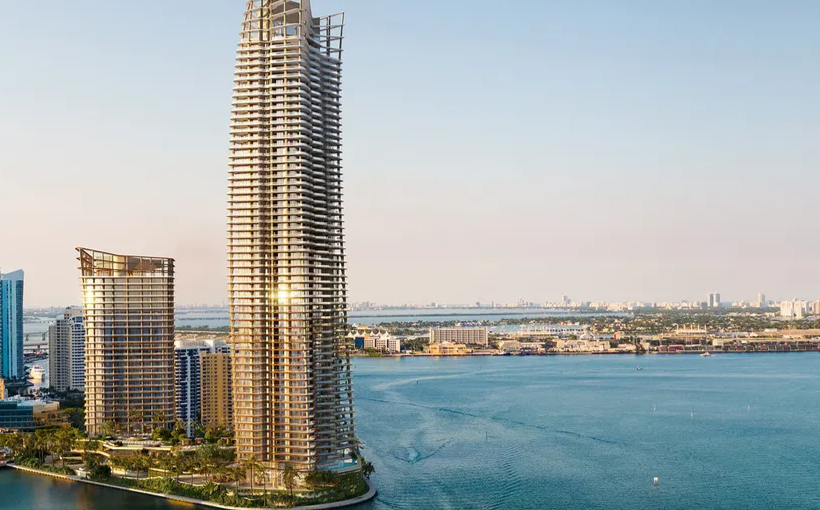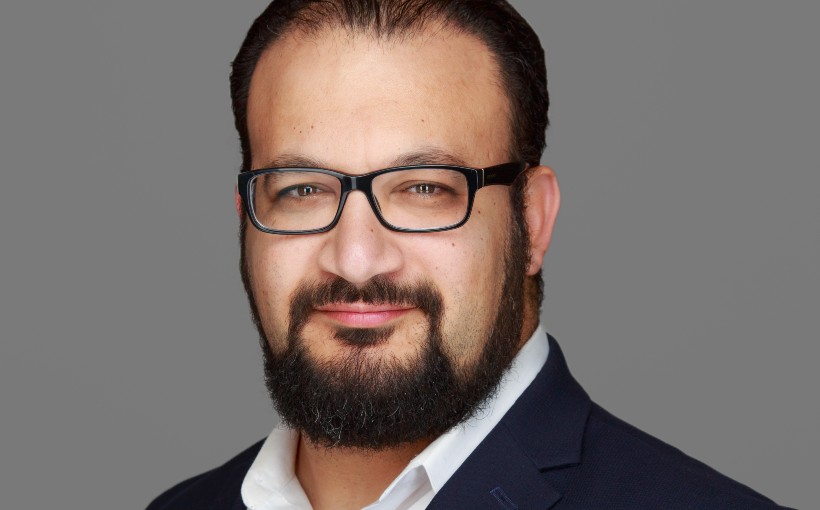Richard Barkham: Job Growth, the Fed and CRE Effects
In the past month, two key metrics have surpassed expectations. Firstly, Q4 2023 saw a 3.3% increase in GDP at an annual rate. Secondly, the U.S added 353,000 jobs in January of 2024 – well above analysts’ prediction of only 185,000 jobs. The unemployment rate currently stands at a low of just 3.7%.
The news of more job opportunities should be welcomed with open arms by many individuals and industries alike; however according to recent research from CBRE , this also validates the Federal Reserve’s cautious approach towards cutting rates.
Experts have stated that job growth is just one factor that is taken into consideration when determining whether or not to cut rates for Effective Federal Fund Rate (EFFR). “The Fed doesn’t want to risk overheating the economy,” explains Richard Barkham , Global Chief Economist and Head of Global Research as well as Americas Research at CBRE who co-authored their latest article on this topic.
Barkham adds that while demand-side measures are important considerations for The Fed when making these decisions they must also take into account supply-side factors such as productivity growth levels along with labor market participation rates among others.
Another major concern for The Fed is inflation which has yet to reach its target level despite showing signs of improvement recently according Ryan Severino , Chief Economist and Head Of US Research at BGO . He believes it’s likely we’ll see further progress towards reaching those targets but there’s still work left before it can be declared mission accomplished by them.
Ryan Severino: Driver Of Job Gains And GDP
But where did all these new jobs come from? According to Ryan Severino they came mainly from three categories over last year including education & health services followed closely behind leisure & hospitality sectors along with government positions being filled too during same time period he says adding that more recently “professional and business services have also started to generate more jobs.”
Barkham adds that the bigger picture is one of real income gains which has resulted in robust consumer spending – a major contributor to the higher Q4 GDP. However, he cautions against expecting this level of growth to be sustainable for long periods saying “continued high-productivity growth would mean economy could grow quickly without inflation.”
CRE Impact: Examining The Effects
The CBRE article states there will likely be a reduction in EFFR as soon as May due cooling inflation rates which should increase real interest rates posing risks towards economic growth they note.
As 10-year Treasury yields fall below 3.6% by year’s end it should lead increased commercial real estate investment activity during H2 2024 according their research team who also believe leasing markets are expected remain resilient despite current hybrid work models being adopted by many businesses along with an uncertain business environment.
Barkham provides further insight into how different CRE sectors may fare under these conditions explaining multifamily sector benefits from having healthy consumers able take on new rental obligations while industrial sector sees boost thanks shipping goods retail stores says Barkham adding strong consumers have helped bricks & mortar retailers too who’ve been struggling find Grade A space lately.
Severino believes when Fed begins easing its stance we’ll see volume & pricing pick up within CRE capital markets again indicating appreciation returns move back into positive territory but not immediately instead building gradually throughout rest year he predicts.




